Caprock Chronicles: Forgotten Sounds Behind Buddy Holly and the Crickets, Part One: The Three Tunes and The Tolletts
Editor’s Note: Caprock Chronicles are edited by Jack Becker, Librarian Emeritus, Texas Tech University Libraries. He can be reached at jack.becker@ttu.edu. Today’s article about Buddy Holly and the Crickets’ forgotten backup singers and instrumentalists is the first of a three-part series by frequent contributor Chuck Lanehart, Lubbock attorney and award-winning Western history writer.
Buddy Holly’s band was sometimes called the “Chirping” Crickets, but well-known instrumental band members—drummer Jerry Allison and bassist J.B. Mauldin — did not chirp. Rhythm guitarist Nicki Sullivan chimed in on a couple of records, but otherwise, the original Crickets never sang a note on records, or during public performances, or on radio/television appearances.
Until his tragic death in 1959, Buddy was always the lead singer and primary lead guitarist for the Crickets, but many of Buddy’s recordings featured forgotten backup vocal groups and musicians who contributed to his iconic sound. Sadly, history has largely ignored these important vocalists and instrumentalists.
The Three Tunes/Two Tones
In January of 1956, Buddy left Lubbock for Nashville with bandmates Sonny Curtis and Don Guess. With a Decca Records contract in hand, they recorded several songs — including a country version of “That’ll Be The Day”—for music producer Owen Bradley, one of the architects of the slick “Nashville Sound.”
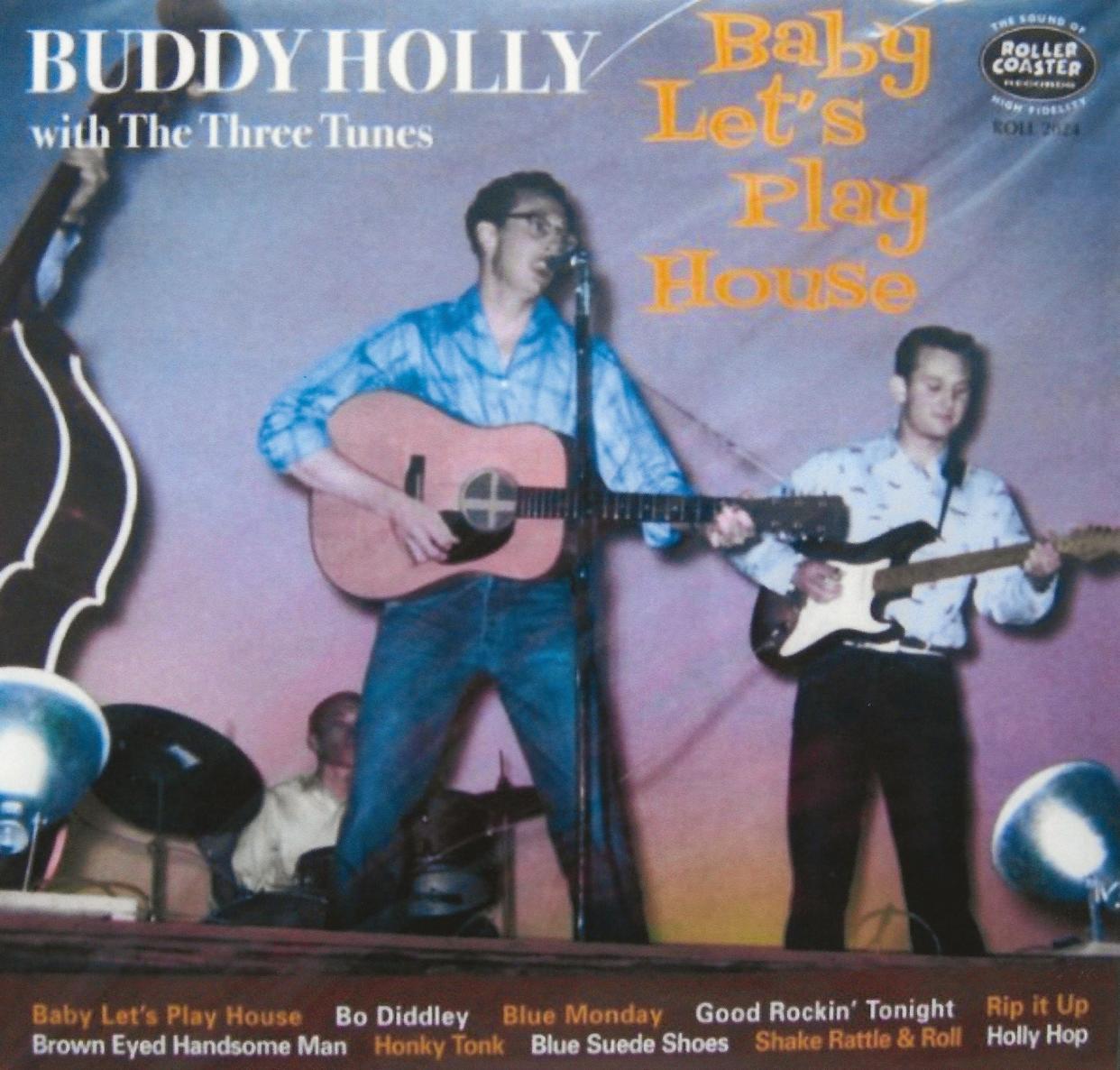
In a 2022 interview, Sonny said, “We used two Nashville session players: Grady Martin on rhythm guitar and Buddy Harman on drums. I played lead guitar and Don played upright bass. Amazingly, they didn't have Holly play. He just stood in the corner and sang.”
The group toured briefly to promote the single “Blue Days, Black Nights.” Sonny and Don bought stage attire: both wore white pants, Sonny wore a blue shirt, Don wore an orange shirt. The outfits inspired a band name, “The Two Tones,” but Decca titled the record, “Buddy Holly and the Three Tunes.”
“We had nothing to do with naming ourselves The Three Tunes,” Sonny said. “The Two Tones has made its way into the Rock & Roll lexicon, but we were not ever really known as that.”
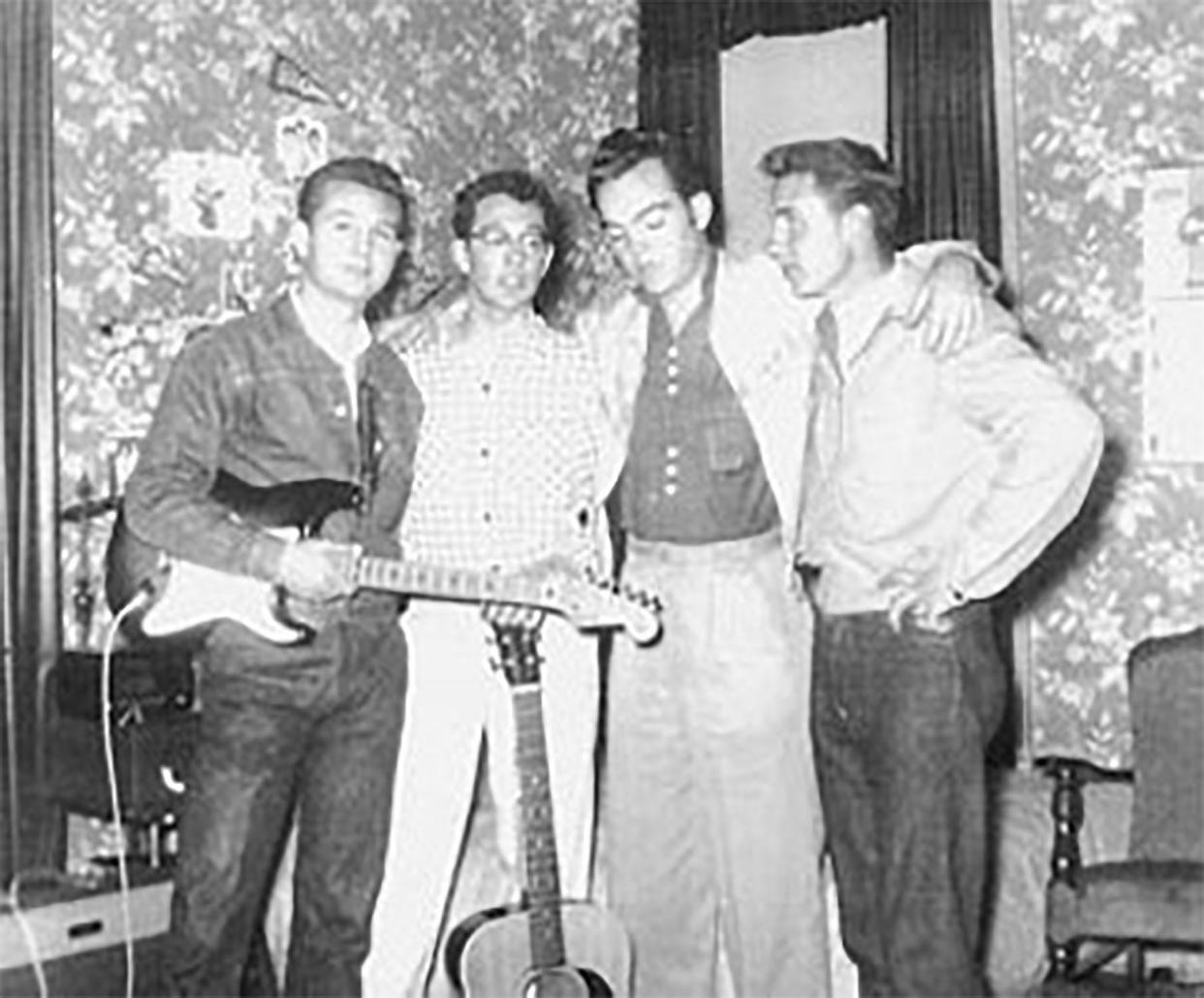
Decca did not heavily promote Buddy’s 1956 Nashville songs, which flopped. But after the release of his 1957 smash hit “That’ll Be The Day,” produced by Norman Petty in Clovis, New Mexico, Decca took advantage of the opportunity. The album “Buddy Holly and The Three Tunes” was released in 1958. The Three Tunes—Sonny and Don—were not credited by name.
Don Guess, born in 1937 in Aspermont, Texas, recorded a few more songs and toured with other artists before pursuing a career in the insurance business. He died in 1992.
Sonny Curtis, born in 1937 in Meadow, Texas, replaced Buddy in the Crickets after his death and became a famed singer/songwriter. A member of the Rock & Roll Hall of Fame, Sonny lives near Nashville and is still involved in the music industry.
The Tolletts and Nicki Sullivan
Buddy’s recording venture in Nashville was a disappointment, and he returned to Lubbock, determined to try again and succeed.
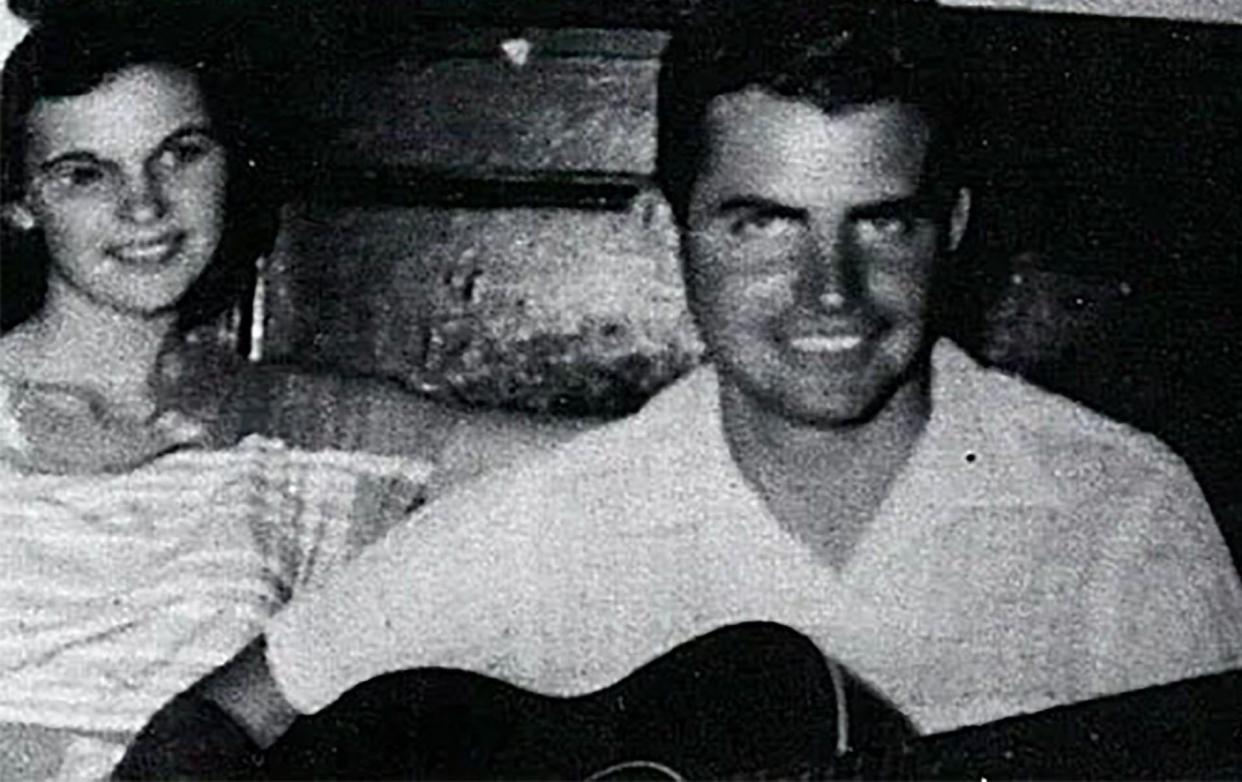
In February of 1957, Gary Tollett recorded his song, "Go Boy Go," at Lubbock’s KDAV radio station. His friend Buddy — they met at the Arnett-Benson Drugstore six months earlier — backed him on guitar.
Four days later, Gary returned the favor. Buddy, his brother Larry and bandmates Jerry Allison, Nicki Sullivan and Bob Montgomery, along with Gary and his wife Ramona, piled into two cars. They drove a hundred miles to Norman Petty’s recording studio in Clovis, New Mexico.
Gary, born in Amherst, Texas in 1934, served in the Air Force during the Korean War. While stationed in Merced, California, he met Ramona Haynes (born 1937), and they were married in 1955. The couple moved to Lubbock, where Gary earned a degree from Texas Tech.
During what was intended as a practice session, the group recorded two songs “live”—with no overdubbing. Gary, Ramona and Nicki encircled a single mic and delivered the harmony vocals.
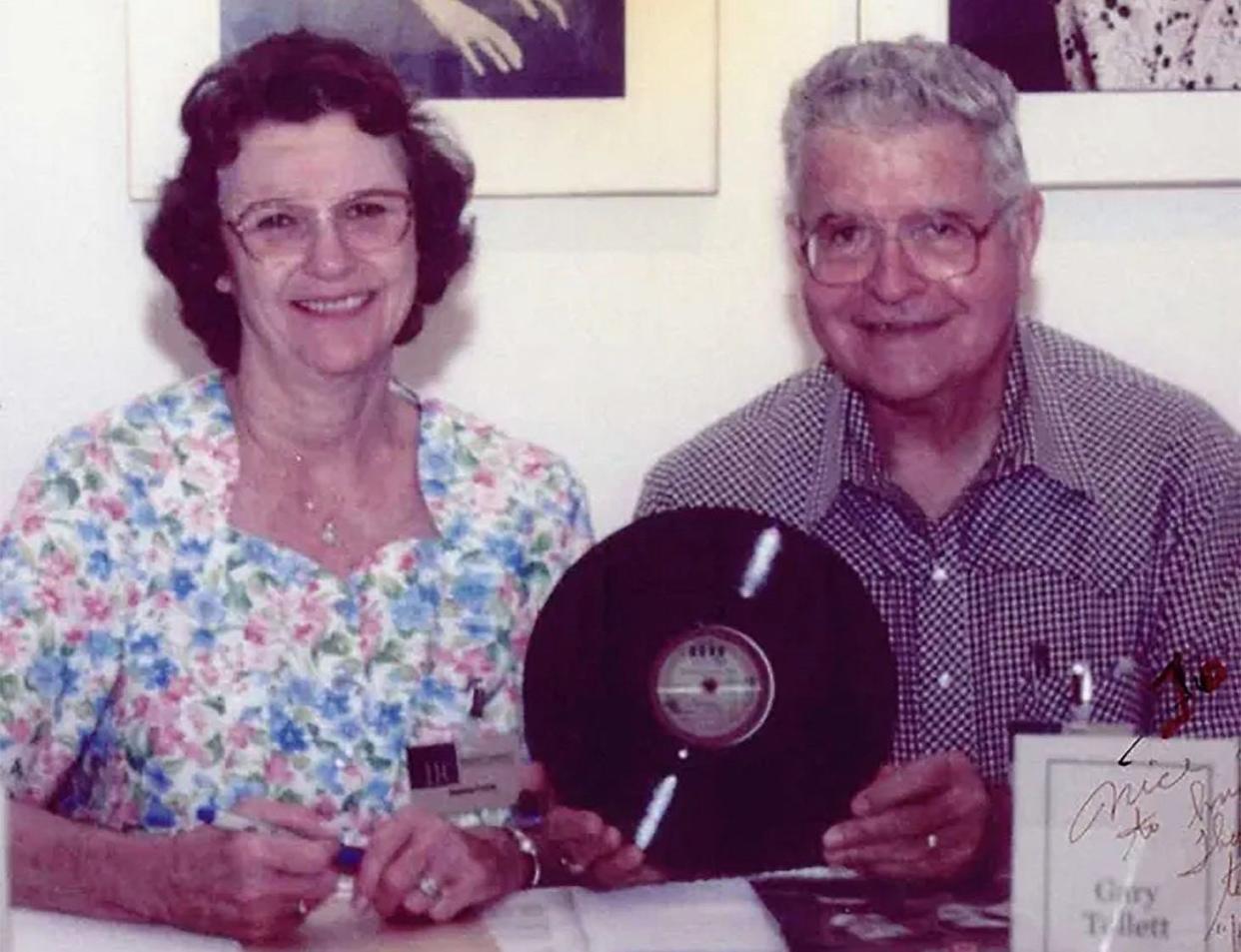
Most of the session was devoted to a song Buddy completed on the ride to Clovis, “I’m Lookin’ for Someone to Love,” expected to be the “A-side” of an upcoming single. Only three takes were needed for the second recording, a rockabilly version of “That’ll Be The Day,” and the last take was saved as “a demo,” never intended to be released to the public.
The Crickets’ demo version of “That’ll Be The Day” was released — to everyone’s surprise — on Brunswick Records in May of 1957 and shot to Number One on US and British charts. In 2004, Rolling Stone magazine ranked it 39th of the “500 Greatest Songs of All Time.”
The Tolletts were never paid — and never expected to be paid — for helping their friend Buddy. Buddy played guitar on six of Gary’s promotional songs, released later. The Tolletts were not credited for their background vocals on their two songs recorded by Norman Petty.
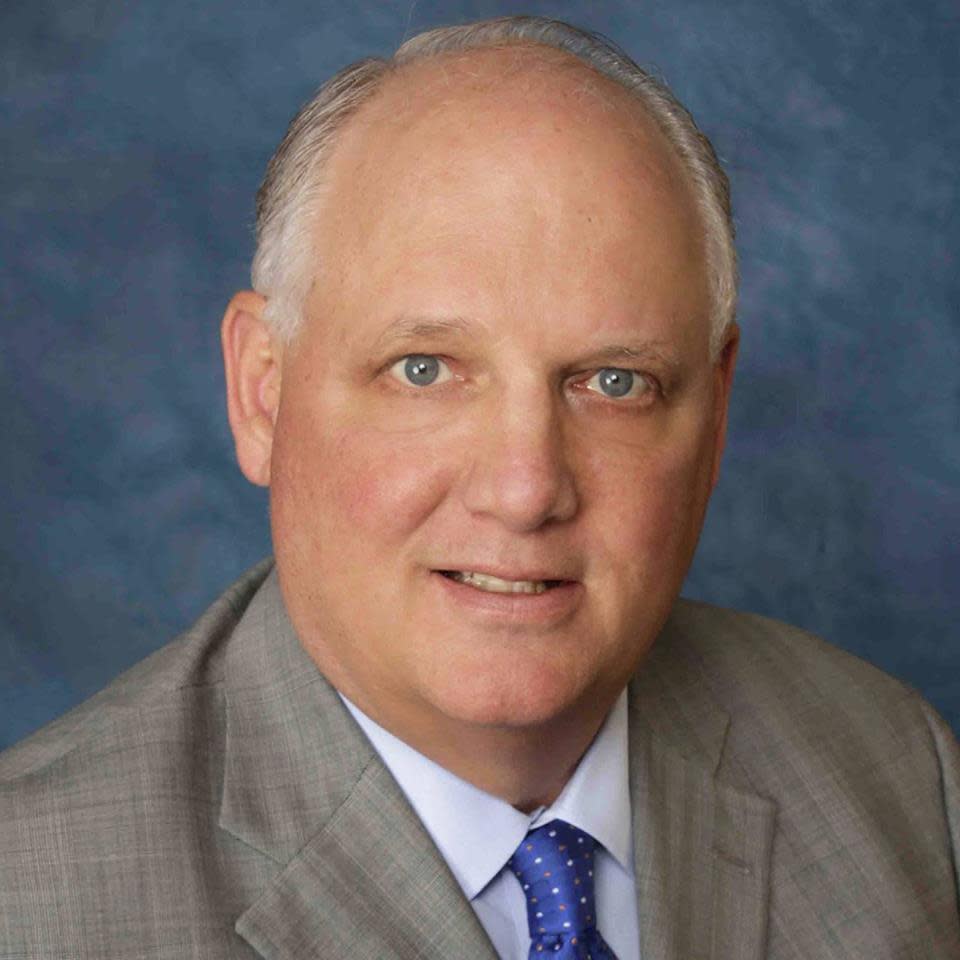
In 1959, the Tolletts moved to Arizona, where Gary worked for several agricultural companies before his retirement in 1998. Gary and Ramona performed with The Shackshakers a dozen times between 1999 and 2002, including a 2002 gig at Lubbock’s Fairpark Coliseum. Gary died in 2018 after a 63-year marriage to Ramona. Ramona is believed to still reside in Arizona City.
Part Two of this series will be published in the Lubbock Avalanche-Journal next Sunday.
This article originally appeared on Lubbock Avalanche-Journal: Caprock Chronicles: Forgotten Sounds Behind Buddy Holly and the Crickets, Part One: The Three Tunes and The Tolletts
